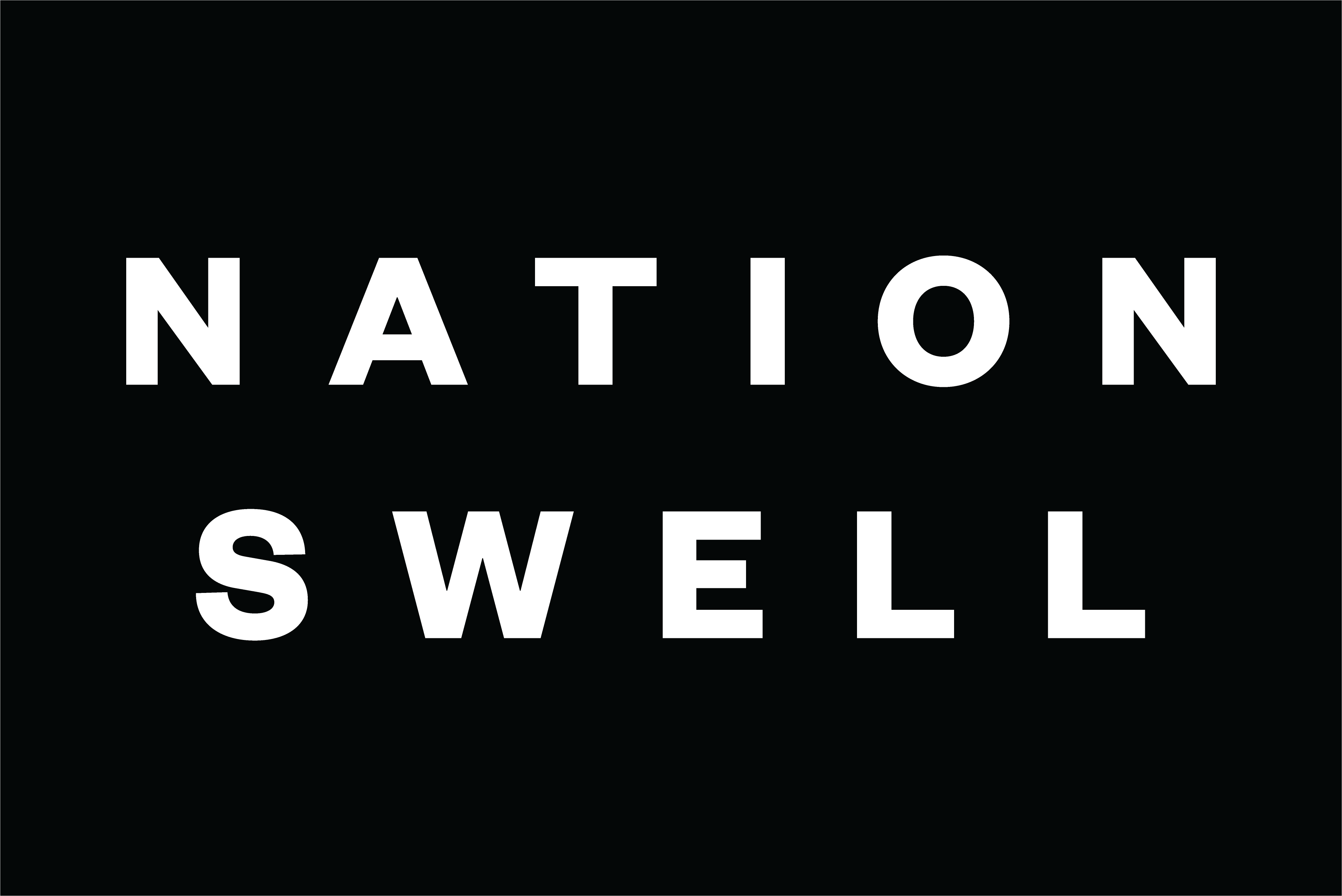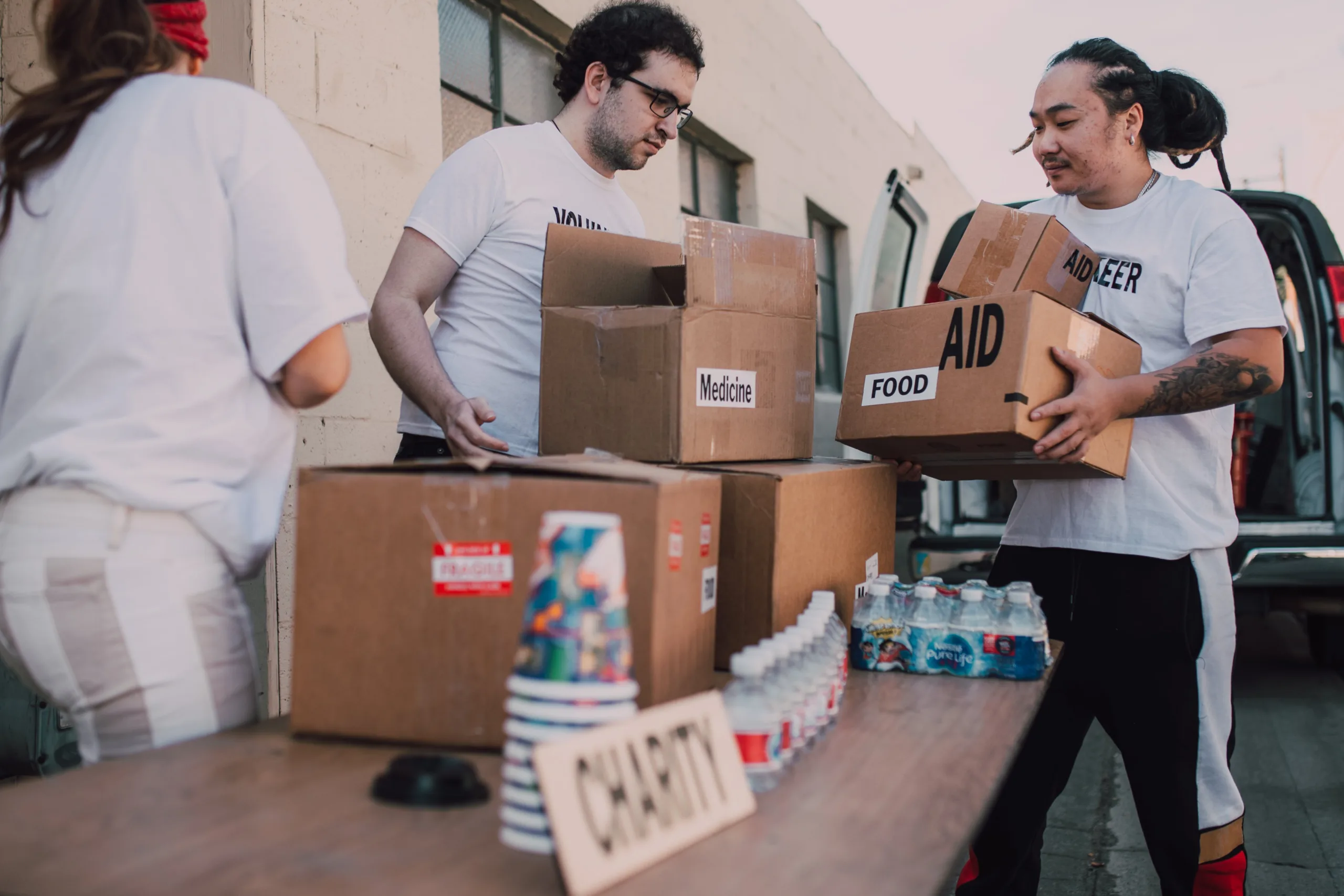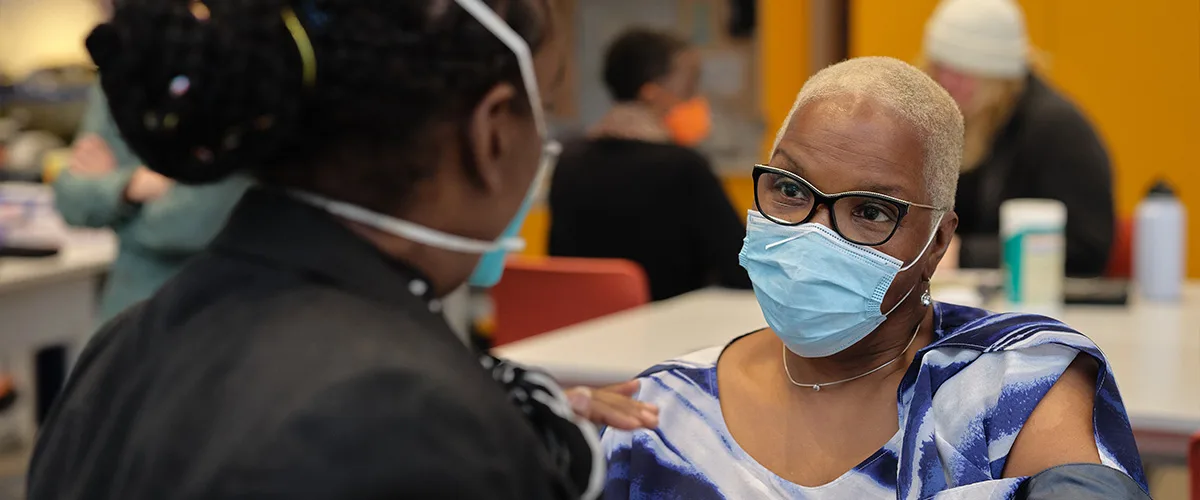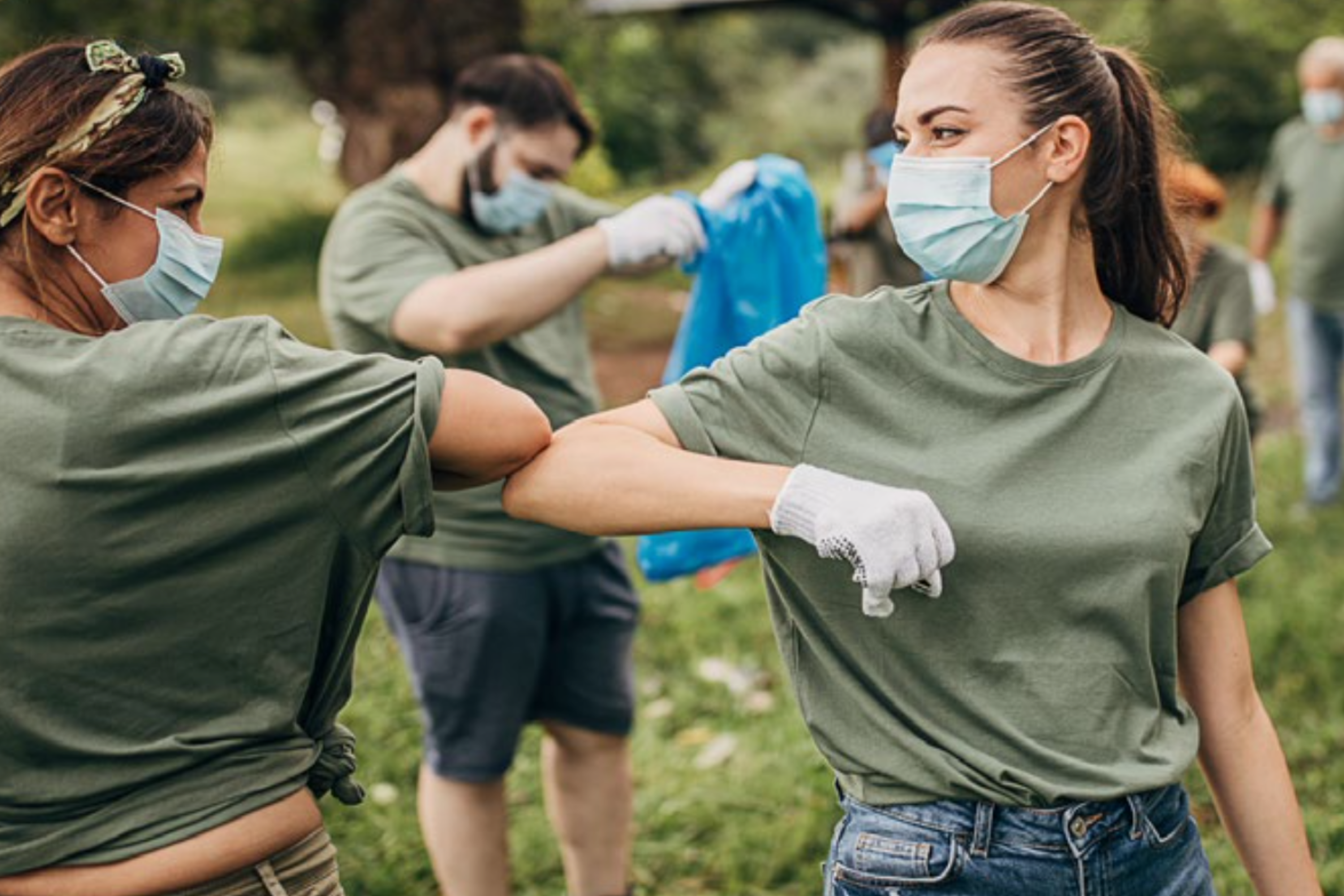Investing in employee well-being: innovative policies and benefits

The COVID-19 pandemic served as catalyst for employers to invest more deeply and creatively in employee wellbeing, driven by fundamental changes to workplaces (e.g. remote work), implications for healthcare, family and childcare support, financial outlook, and more. Simultaneously, increased focus on racial justice and equity has heightened private sector commitments to inclusive workplace policies for marginalized communities. More recently, policy changes in the U.S. – including the overturn of Roe v. Wade and the “childcare cliff” – have escalated the need for employers to increase benefits that supplement lack of government supports.
Employees and companies alike are placing workplace wellbeing higher on their priority lists. 91% of employees find that their job plays a role in determining their wellbeing, and 57% report seriously considering quitting for a more supportive workplace. 76% of U.S. executives feel that expectations about workforce wellbeing are higher than in previous years, and 87% say that workforce wellbeing gives their company a competitive advantage. In addition to productivity and retention advantages, companies with higher employee wellbeing scores fare better financially, showing a superior return on assets, higher profits, and higher valuations.
When balanced with other core aspects of employee experience (including leadership behaviors and job design), inclusive employee policies and benefits can play a significant role in supporting holistic wellbeing. This Curated Collection provides the business rationale for and innovative examples of private sector wellbeing policies and benefits across five key areas: reproductive health, family care, paid leave, financial wellbeing, and mental health.
































